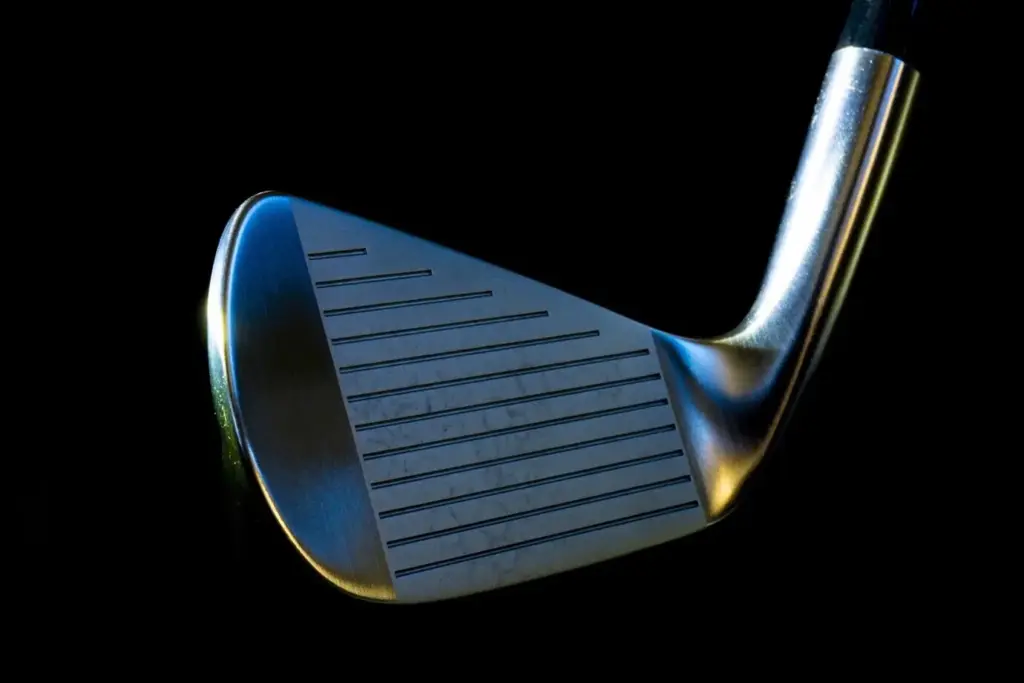Own the Greenside: Precision Putting and Confident Chipping



See the Break: Green Reading That Sticks
Pure the Stroke: Setup, Tempo, and Face Control






Clutch Putts: Nerves, Focus, and Process
Crisp Chips: Contact, Trajectory, and Spin

Smart Tools: Putter Specs, Wedge Bounce, and Grinds
Finding the Right Putter Length, Loft, and Lie
Length influences posture and eye position, loft controls launch and skid, and lie angle affects sole interaction and face orientation. Get measured for your setup rather than adapting awkwardly to stock specifications. A putter that fits encourages a relaxed grip, square face, and centered strikes. Combine this with a grip shape that calms your hands, and you will notice distance control improve as skid shortens, roll stabilizes, and the ball holds its intended start line.
Bounce That Saves You: Matching Turf and Technique
Higher bounce resists digging on soft turf and sand, while lower bounce can nip shots cleanly from firm, tight lies. Consider your delivery: steep players benefit from more bounce; shallow players from less. Test on course‑like lies to confirm. The correct bounce lets the club glide, protecting against chunks and skulls, and enabling confident, shallow strikes. Keep notes on course conditions through seasons, adjusting your primary wedge to meet changing ground realities without overhauling technique.
All Rights Reserved.


